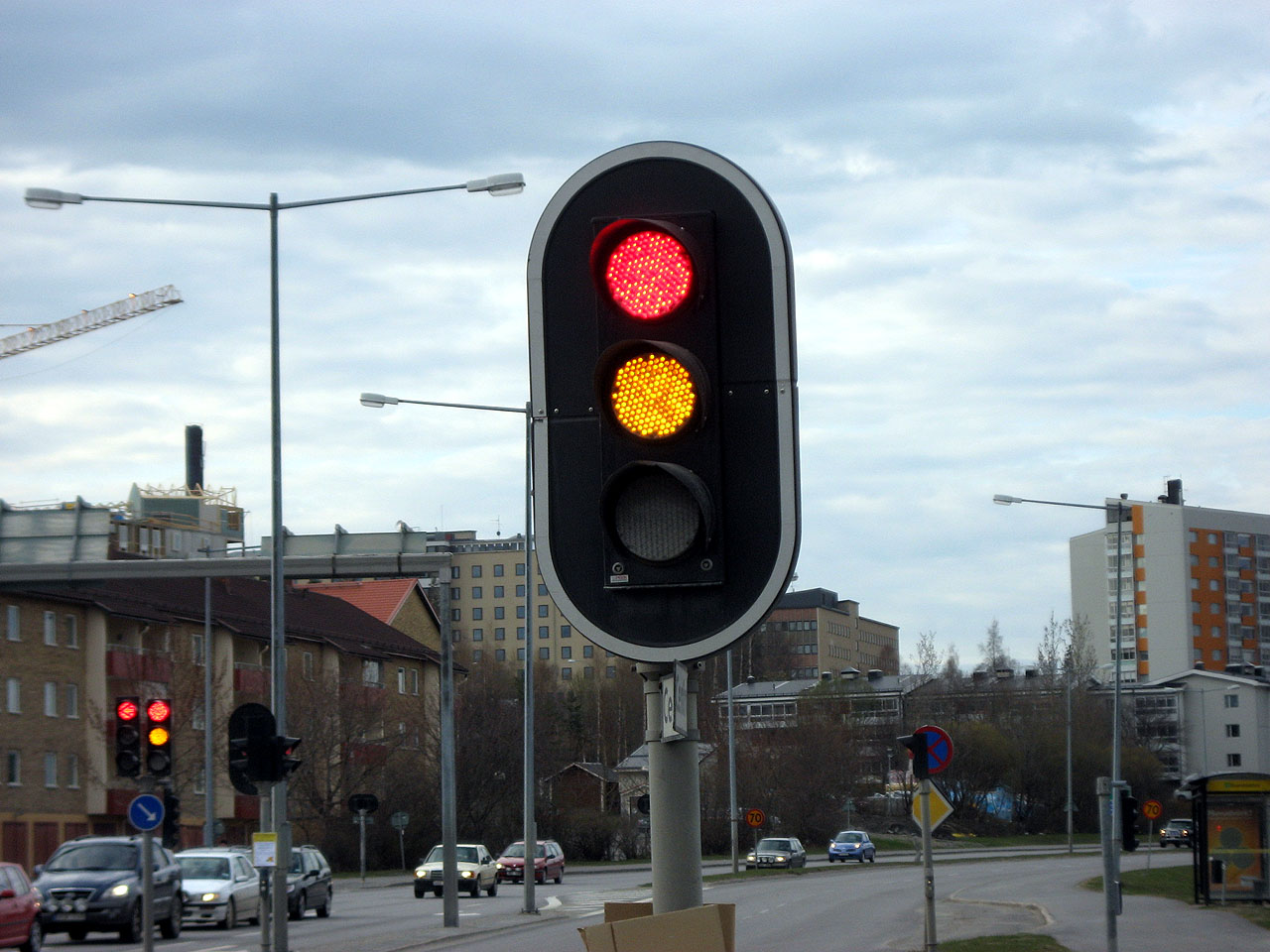This post is also available in:
 עברית (Hebrew)
עברית (Hebrew)
Vehicle to everything communication (V2X) is picking up as Audi introduces a system that knows when traffic lights are about to turn green.
The compatibility of the system with traffic lights across the the US is increasing, but while it sounds reasonably simple, getting cars to talk to traffic lights requires state-of-the-art hardware, advanced software, and a tremendous amount of data.
The way the system works is that the car learns how long each light stays red for, when it turned red, and when it will turn green. This information is received in real time. Drivers waiting at an intersection know precisely when a light will turn green, and the green light optimized speed advisory (GLOSA) feature tells them the speed they need to travel at to catch the next green light. Everything is displayed in the car’s digital instrument cluster (called Virtual Cockpit in Audi-speak), and in the head-up display. Audi placed it there (rather than, say, in the touchscreen) to minimize potential distractions. This according to digitaltrends.com.
Many cities in the United States are willing to invest in updating their signal controller systems so that they can communicate with each other, and with internet-connected cars.
Once a communication channel is established, the traffic lights share basic information Audi calls signal timing plans with compatible cars via a 4G connection as they approach an intersection.
Sharing a car’s real-time location with city officials raises obvious privacy concerns, but drivers have nothing to worry about. “We don’t use personalized data. It’s purely anonymous, so we just know a car is approaching this point at this speed. We don’t know the name of the owner, or the car’s VIN number.”
Our streets will get a lot chattier in the not-too-distant future. Looking ahead, traffic light information technology and GLOSA could communicate directly with the car’s stop-start system to tell it when to shut down the engine and when to start it, and it could also help the navigation system find the quickest route from A to B.
While 5G could make the technology faster, the traffic light information feature is fully compatible with existing technologies. It doesn’t need a super-fast connection that lets cars exchange information with the infrastructure of five or 10 times per second.
As of February 2019, Audi’s traffic light information technology works in the 13 metropolitan areas scattered across United States.


























